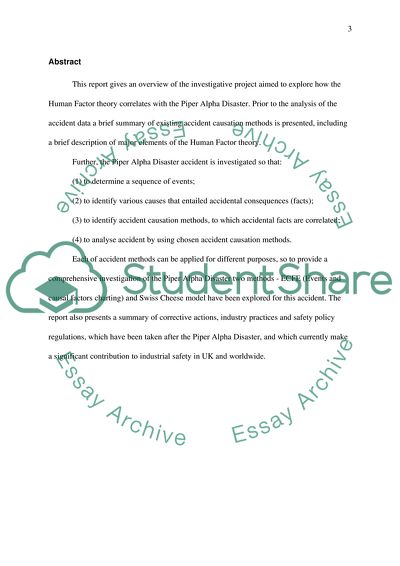Cite this document
(How the Human Factor Theory Correlates with the Piper Alpha Disaster Term Paper, n.d.)
How the Human Factor Theory Correlates with the Piper Alpha Disaster Term Paper. Retrieved from https://studentshare.org/psychology/1736757-how-the-human-factor-theory-correlate-with-the-piper-alpha-disaster
How the Human Factor Theory Correlates with the Piper Alpha Disaster Term Paper. Retrieved from https://studentshare.org/psychology/1736757-how-the-human-factor-theory-correlate-with-the-piper-alpha-disaster
(How the Human Factor Theory Correlates With the Piper Alpha Disaster Term Paper)
How the Human Factor Theory Correlates With the Piper Alpha Disaster Term Paper. https://studentshare.org/psychology/1736757-how-the-human-factor-theory-correlate-with-the-piper-alpha-disaster.
How the Human Factor Theory Correlates With the Piper Alpha Disaster Term Paper. https://studentshare.org/psychology/1736757-how-the-human-factor-theory-correlate-with-the-piper-alpha-disaster.
“How the Human Factor Theory Correlates With the Piper Alpha Disaster Term Paper”, n.d. https://studentshare.org/psychology/1736757-how-the-human-factor-theory-correlate-with-the-piper-alpha-disaster.


